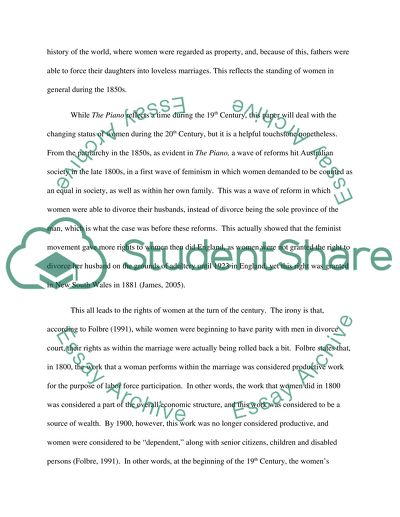Cite this document
(“How has marriage reflected the changing status of women in Australian Essay”, n.d.)
How has marriage reflected the changing status of women in Australian Essay. Retrieved from https://studentshare.org/gender-sexual-studies/1433417-how-has-marriage-reflected-the-changing-status-of
How has marriage reflected the changing status of women in Australian Essay. Retrieved from https://studentshare.org/gender-sexual-studies/1433417-how-has-marriage-reflected-the-changing-status-of
(How Has Marriage Reflected the Changing Status of Women in Australian Essay)
How Has Marriage Reflected the Changing Status of Women in Australian Essay. https://studentshare.org/gender-sexual-studies/1433417-how-has-marriage-reflected-the-changing-status-of.
How Has Marriage Reflected the Changing Status of Women in Australian Essay. https://studentshare.org/gender-sexual-studies/1433417-how-has-marriage-reflected-the-changing-status-of.
“How Has Marriage Reflected the Changing Status of Women in Australian Essay”, n.d. https://studentshare.org/gender-sexual-studies/1433417-how-has-marriage-reflected-the-changing-status-of.


